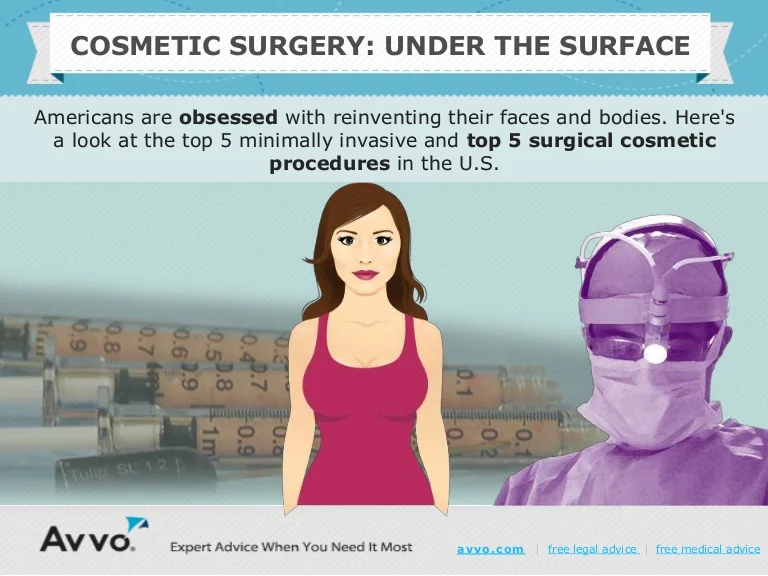Acne And Water Quality What To Know
Acne And Water Quality What To Know
Blog Article
Exactly How Does Photodynamic Treatment (PDT) Work?
Photodynamic treatment (PDT) combines a light-sensitive medicine with unique light to kill malignant and precancerous cells. Your physician puts the medication on your skin or inside your eye and then radiates a light on the therapy area.
This mix eliminates cancerous cells and spares healthy tissue. Yale Medication pulmonologist George Eapen, M.D., describes exactly how this works.
The Photosensitizer
Photodynamic therapy (PDT) makes use of a mix of light and a medication called a photosensitizer to kill cancerous or precancerous cells and extra healthy and balanced tissue. You get a shot of the photosensitizer, which is after that triggered by light in your body. The photosensitizer is taken in by both healthy and malignant cells yet isn't hazardous up until it is activated by the light.
Light-absorbing particles, called photosensitizers, are discovered in plants and animals, including human beings. There are lots of photosensitizers, however most have the ability to soak up a certain range of light wavelengths.
Once the photosensitizer is revealed to a light with a coordinating spectral array, it's transformed from its ground state into an excited singlet state. This allows it to transfer energy to molecular oxygen, creating singlet oxygen and complimentary radicals that mediate cellular poisoning.
The Light
During therapy, an unique light is radiated on the area where the photosensitizer was used. This light triggers the drug and damages cancer cells or precancerous cells that it has targeted.
The drugs that are made use of in photodynamic therapy have various absorption buildings and several of them may take hours to leave regular cells however remain much longer in cancer or precancer cells. This process permits the doctor to target cancer cells more exactly than other sorts of therapies that use noticeable light, such as lasers or electrocautery [54]
Photodynamic therapy can deal with the earliest areas of sunlight damages known as actinic keratosis and can lower skin cancer growth in people at high risk for establishing the condition. It is additionally a choice for some patients with damp type age-related macular deterioration, which is a common source of loss of central vision in older grownups. It can not bring back the loss of vision caused by this illness, but it can reduce the progression of uncommon blood vessel development that triggers damp AMD.
The Activation
Photodynamic therapy (PDT) uses a medicine and light to treat cancer cells and various other skin problem. It targets precancerous cells and eliminates them. Unlike other cancer cells treatments that melt and ruin, this therapy kills precancerous cells while saving healthy cells.
The photosensitizer is delivered right into the skin through topical, dental or intravenous administration. It is taken in by the lump cells and triggered when revealed to light of a particular wavelength. This causes a sequence of photochemical responses that generates responsive oxygen varieties (ROS) that damage lump tissue and eliminate cancer cells.
PDT is frequently utilized to deal with actinic keratoses and in situ squamous cell cancer (Bowen condition). It can likewise be made use of to treat various other types of skin cancer, consisting of superficial basic cell cancer. It can be used alone or with various other therapies, such as surgical treatment or radiation. It can also shrink growths in the lungs, permitting surgery or other therapy to be safe and efficient.
The Therapy
PDT works finest in tiny unusual locations of tissue that a light can get to, such as the skin, eyes, mouth or food pipeline (oesophagus) and lungs. It is likewise made use of to treat precancerous growths, such as actinic keratoses, which are sun-damaged cells that can develop into cancer cells.
Physicians provide the photosensitizer as a lotion or acne treatment near me injection, and after that beam a light on the treatment area. The light ruins the uncommon cells. While healthy cells take in the photosensitizer, it remains much longer in cancerous cells.
After the procedure, your body normally disposes of the dead cells. Clients with lung cancer cells might experience coughing up blood or have a bronchoscopy to remove the lungs of the dead cells. In some cases, your doctors might make use of a bronchoscopy to remove the photosensitizer from the lungs as well if it triggers significant symptoms. It is essential to remain inside and use sunscreen when you go outside while the photosensitizer remains in your system.